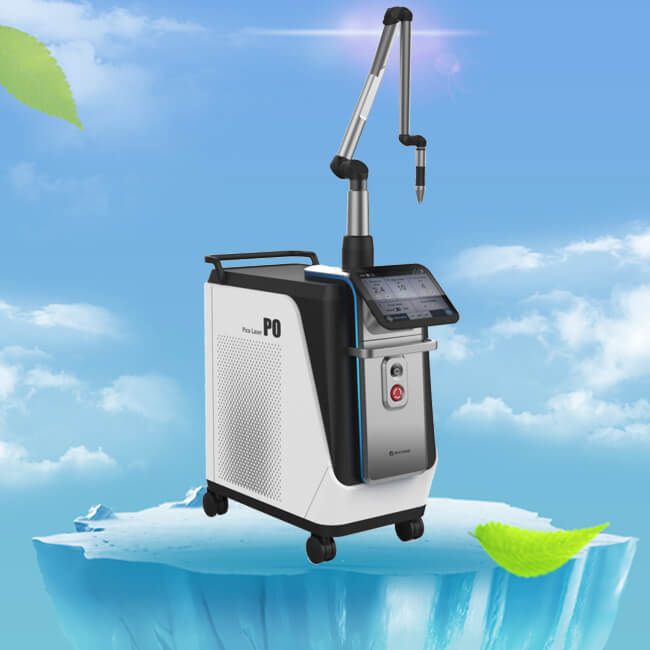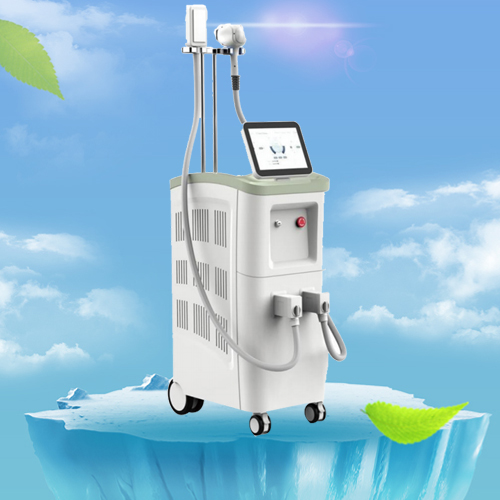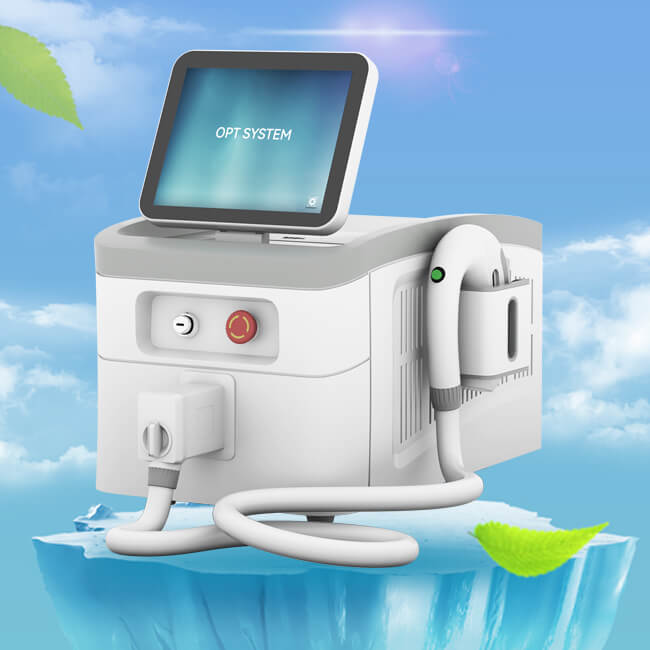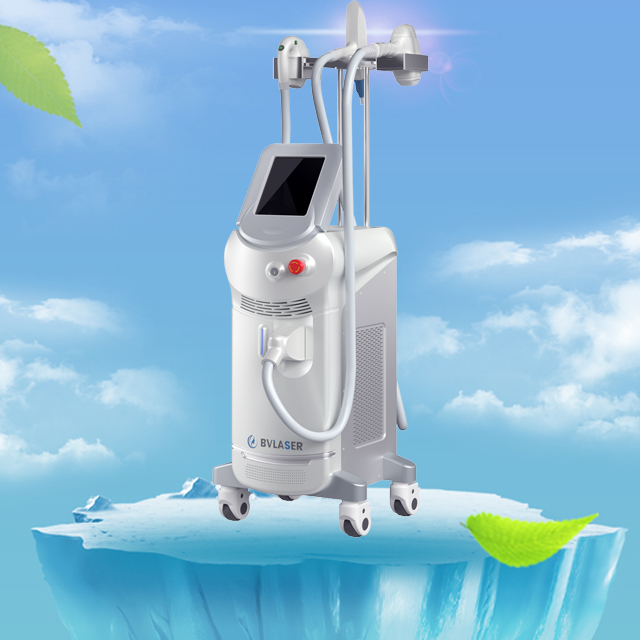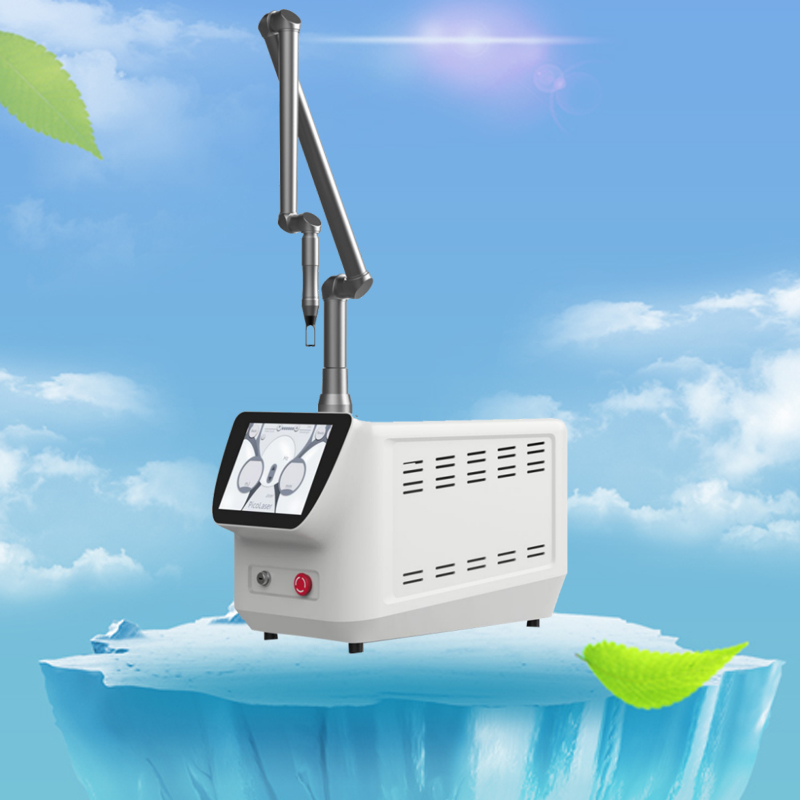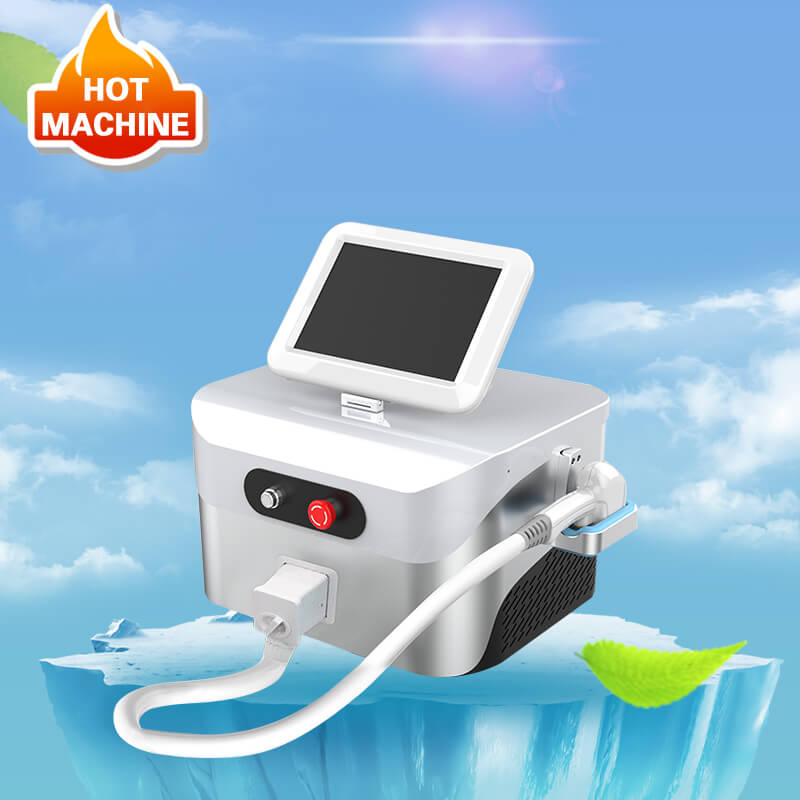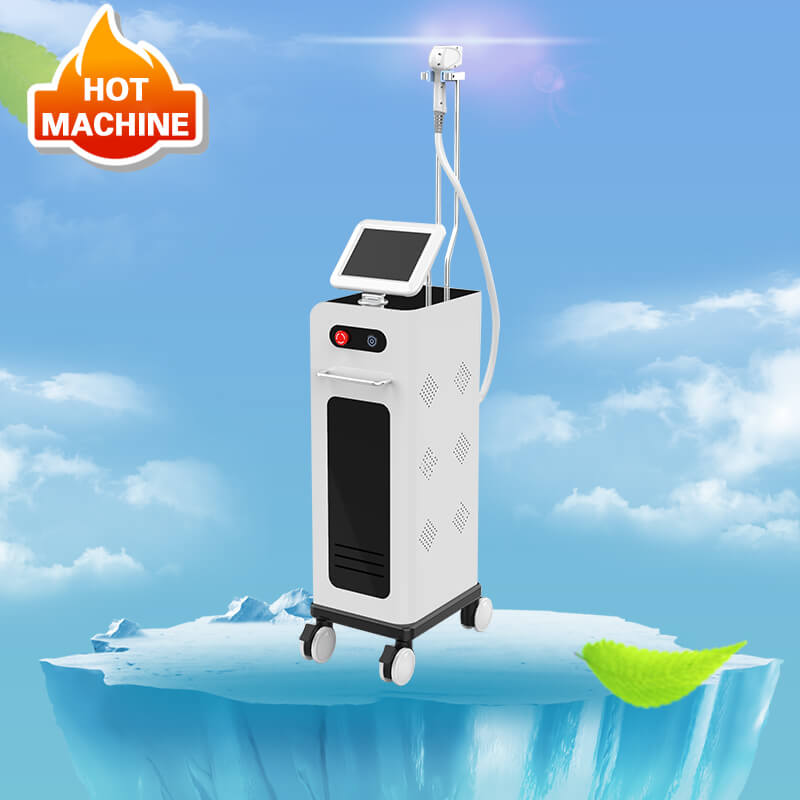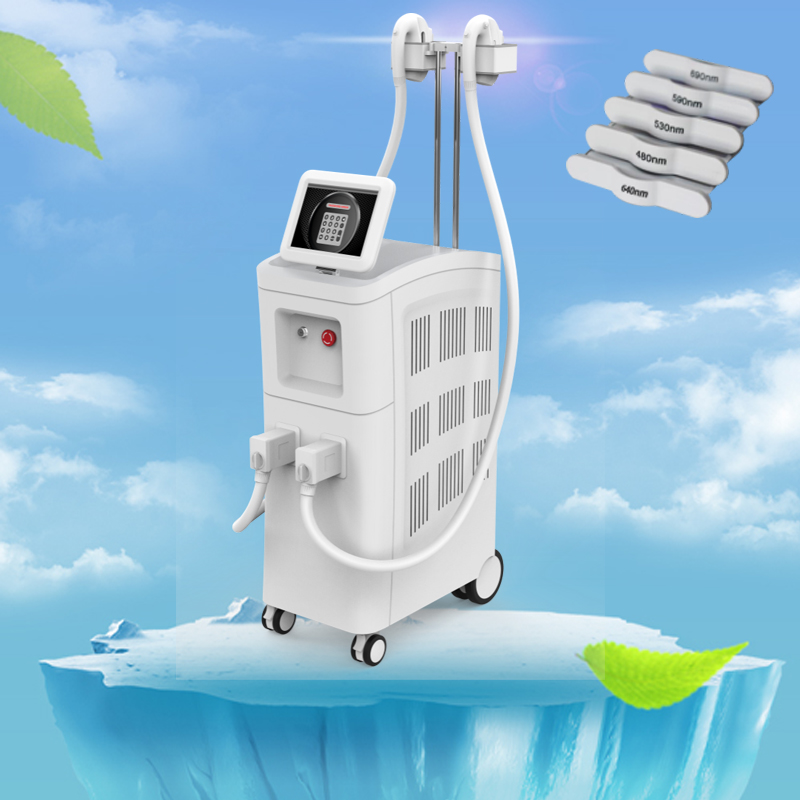What is the recovery process like after a thulium laser treatment
Author:baishilf Time:2024-03-28 14:40:26
Thulium fiber laser is used in various medical applications. 1927nm Thulium Laser machine equipped with a fractional handpiece, it offers both ablative and non-ablative effects. Used for skin treatments, including scar removal and pigmented lesion treatment.

What is the recovery process like after a thulium laser treatment?
The recovery process after a fractional thulium laser treatment can vary based on the specific type of laser used and the depth of treatment. Here are the general recovery milestones for different types of thulium laser procedures:
1.Non-Ablative Laser Resurfacing:
Directly Following Treatment: Skin appears slightly red or swollen, feeling mildly dry. Makeup can be applied immediately, and normal daily activities can resume.
1 Week Following Treatment: Light flaking and peeling may occur, which will cease within 5-7 days as the skin fully heals.
2.Ablative Laser Resurfacing:
Directly Following Treatment: Skin appears highly red, swollen, and scabby. Some pain may be experienced but can usually be managed with over-the-counter pain relievers and cold compresses.
3 to 8 Days Following Treatment: Crusting or scabbing occurs as wounds heal and new skin develops.
1-2 Weeks Following Treatment: New skin completely covers the treatment area.
3.Thulium Laser for Sun Damage:
Recovery is swift. Skin may appear mildly red (like a sunburn), but this fades quickly.
Follow after-care tips, including sun avoidance and moisturizing.
4.Post-care Recommendations:
Clean treated areas 2-5 times a day with saline or diluted vinegar solution.
Apply recommended protective skin care treatments.
Use sunscreen daily to protect rejuvenated skin.
Expect peeling, followed by gradual lightening of the new skin over two to three months.

Are there any risks associated with using thulium laser?
Thulium laser is generally considered safe for medical applications, but like any medical procedure, they do carry some risks. Here are important points to consider:
1.Laser Safety:
Safety Distance: Operators should maintain the safety distance concept and only fire the laser when the tip is clearly in view.
Heat Changes: Adjusting laser settings should be done carefully, considering resultant power and associated heat changes.
Avoid Prolonged Activation: Prolonged periods of laser activation should be avoided due to heat-related risks.
2.Complications:
Overall Rate: The overall rate of complications during thulium laser procedures is approximately 22.4%.
3.Eye Protection:
The evidence supporting compulsory use of eye protection during laser lithotripsy is still limited.
What are the common complications associated with thulium laser procedures?
Certainly! Thulium laser procedures, while generally safe, can still have complications. Here are some common ones:
1.Clavien Grade I–II Complications:
These are mild complications, including minor bleeding, transient creatinine elevation, and fever.
2.Clavien Grade III–V Complications:
These are more severe complications, such as significant bleeding, pain, sepsis, or other postoperative issues.
3.Postoperative Issues:
Patients might experience bleeding, pain, or other discomforts after the procedure.
Remember that individual patient factors and the specific procedure play a significant role in determining risks. Always consult with a medical professional for personalized advice.





